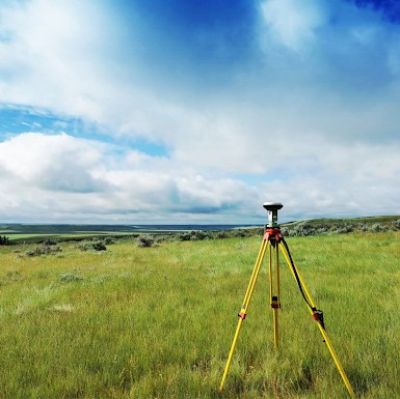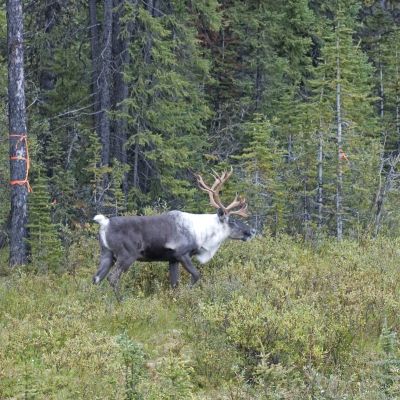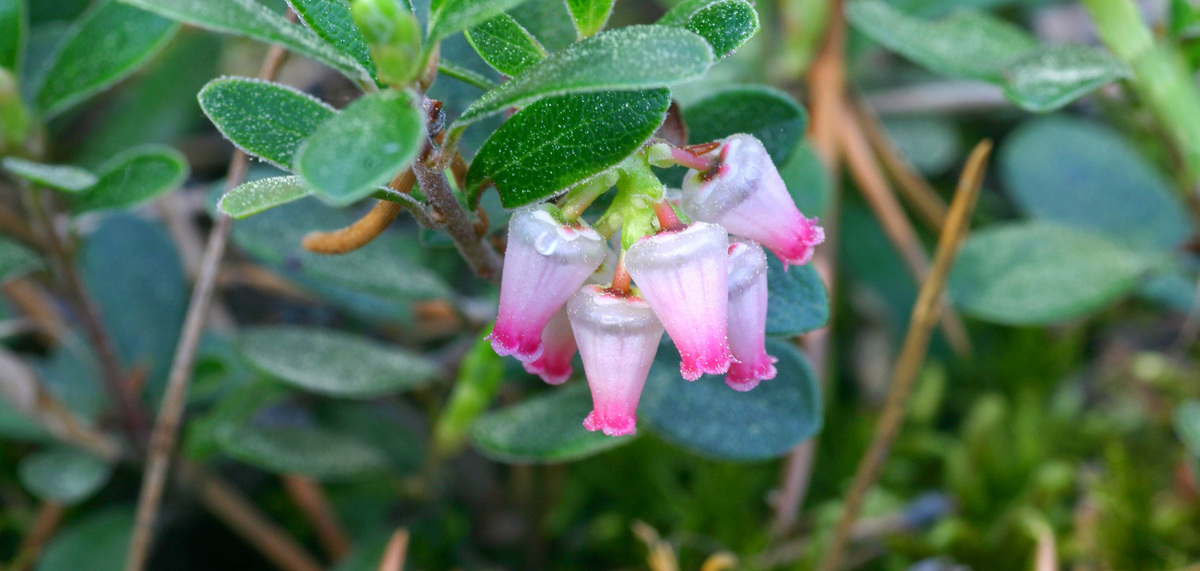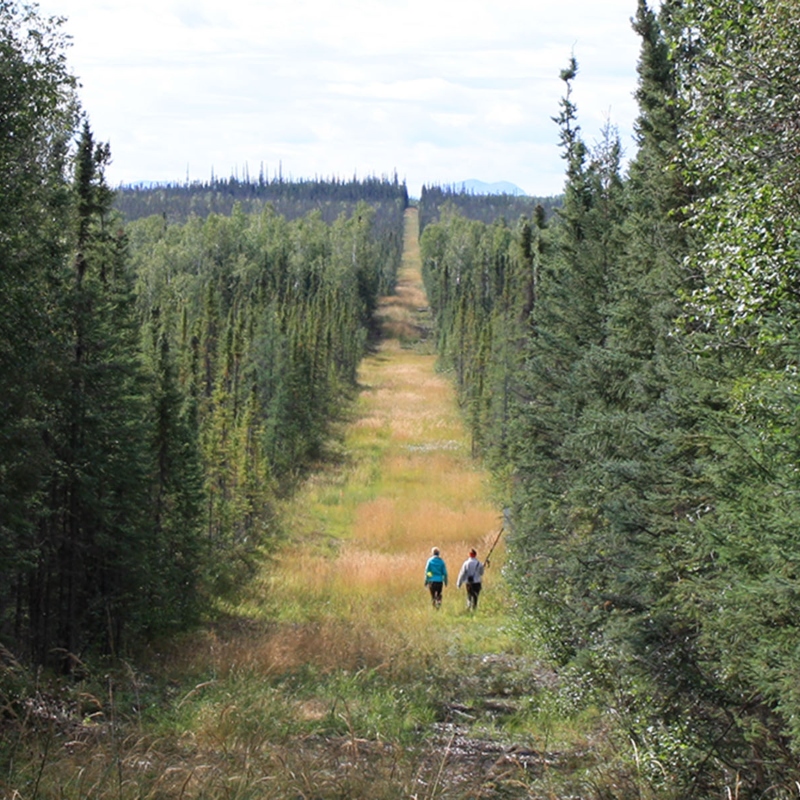
Boreal Ecosystem Recovery and Assessment (BERA)
Categories: Geospatial and Remote Sensing
Status: In Progress
About the Project
BERA is focused on understanding the effects of industrial disturbance on natural ecosystem dynamics in the boreal forest and developing strategies for restoring disturbed landscapes.
The Boreal Ecosystem Recovery and Assessment (BERA) project (www.beraproject.org) is a multi-sectoral partnership of academic institutions (University of Calgary, University of Alberta, University of Waterloo, Athabasca University), private-sector companies (Alberta-Pacific Forest Industries Inc., Canadian Natural Resources Ltd., Cenovus Energy, ConocoPhillips Canada Resources Corp., and Imperial Oil Resources Ltd.), a public-sector division (Canadian Forest Service’s Northern Forestry Centre), and the ABMI. BERA’s central goal is to understand the effects of industrial disturbance on natural ecosystem dynamics in the boreal forest and to develop strategies for restoring disturbed landscapes in a system that is under pressure from climate change.
BERA’s work is motivated by this guiding question: When is human footprint (disturbance) in the boreal forest no longer ‘footprint’? This seemingly simple query is extraordinarily complex. To be characterized properly, the functional response of footprint must be viewed through the lens of a specific management goal. In BERA, these goals are established by a stakeholder group comprising partners and research collaborators.
Current project priorities include:
- Promoting a return to forest cover
- Restoring natural carbon dynamics
- Maintaining wildlife habitat
- Enhancing woodland caribou habitat
- University of Calgary
- University of Alberta
- University of Waterloo
- Athabasca University
- Alberta-Pacific Forest Industries Inc.
- Canadian Natural Resources Ltd.
- Cenovus Energy
- ConocoPhillips
- Canada Resources Corp.
- Imperial Oil Resources Ltd.
- Canadian Forest Service’s Northern Forestry Centre
What problem is BERA trying to address?
Seismic lines—linear corridors created for petroleum exploration—fragment the forests of northern Alberta. These seemingly innocuous ~2–10m wide clearings influence a host of ecosystem processes, from carbon dynamics to predator-prey interactions. There are over 1 million linear kilometers of seismic lines in Alberta alone, occurring at densities that can exceed 10 km/km2.
Unfortunately, many of these lines are in a state of arrested succession and are unlikely to recover without active intervention. Arrested succession refers to an ecosystem or disturbance feature that are stuck in an early successional state and are no longer making progress towards recovery. This problem is particularly common in wetlands where the equipment used to construct seismic lines has compressed the soil, generating growth-limiting conditions that are unsuitable for "normal" patterns of recovery. Human activities on the lines, such as industrial re-use and recreational access, also create challenges.
Not all lines are in a state of arrested succession, and research has shown that upland lines and those with low levels of human activity can show good rates of natural recovery. Our challenge is to distinguish lines that are recovering naturally from those that are not. Lines that are recovering can be left for natural regeneration, while others require active treatments.
There is a clear need to better understand how restoration treatments influence ecosystem dynamics. With millions of dollars slated for future restoration programs to aid in the recovery of woodland caribou populations, there is a need for targeted research that maximizes the effectiveness and efficiency of these efforts while minimizing unintended consequences.

One of the main challenges of boreal restoration involves dealing with complex interactions among biotic and abiotic factors in and around disturbances. BERA research projects are designed to improve our understanding of this system, specifically as they relate to our strategic priorities.
There are four research themes within BERA: vegetation, soils and ecohydrology, humans and wildlife, and remote sensing. Each theme addresses one or two strategic priorities that are coupled with one or more tactical deliverables. These tactical deliverables are the specific targets for BERA’s models and planning tools.
For more detailed information on strategic priorities and tactical deliverables, see BERA's website.
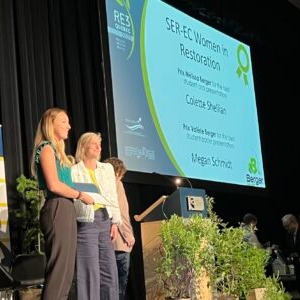
BERA researchers take home presentation awards from the Quebec RE3 Conference.
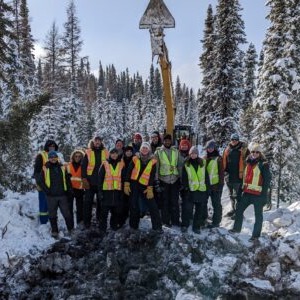
BERA team visits Westcore to see restoration treatments first-hand.
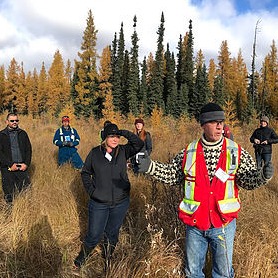
There is a clear need to better understand how restoration treatments influence ecosystem dynamics.
BERA research is designed to deliver the tools, practices, and expertise that will help operators distinguish sites that could benefit from active treatments from those that should be left for passive (natural) recovery. Understanding this trade-off is critical, given the pressure to reduce the volume of disturbances to the 35% threshold dictated by the Federal Recovery Strategy for boreal woodland caribou. BERA researchers will also consider restoration aspects beyond caribou, such as carbon dynamics. Finally, the project will train an estimated 60 highly qualified personnel at the bachelors, masters, doctoral, and post-doctoral levels. These trainees will enter the workforce with the knowledge and skills required to implement BERA research outcomes and contribute to the next generation of Canadian environmental specialists.
While BERA is focused primarily on Alberta, we anticipate that the knowledge, practices, planning tools, and monitoring workflows it proposes to develop will be directly or indirectly applicable to other forested regions in Canada and around the world.
This project focuses on the development of satellite remote sensing algorithms for mapping and monitoring cyanobacterial algal blooms in popular recreational lakes in Alberta.
This work will collaboratively build capacity to support land management decision-making that aligns with community priorities.
This project focuses on tracking habitat loss, gain, and change over time.

